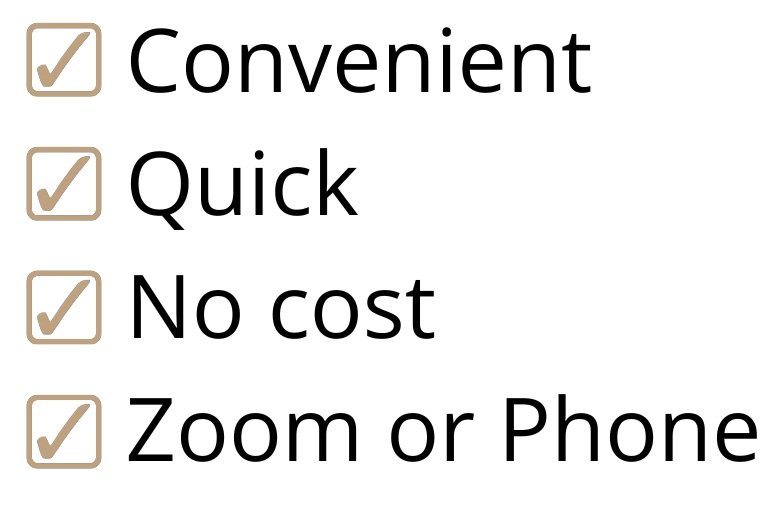Can the Government Seize Your Home in Canada? A Homeowner’s Guide to the Seized Property Management Act
Hi, WealthTrack founder David Pipe here. Owning a home in Canada comes with plenty of responsibilities — paying your mortgage, keeping up with maintenance, and staying on top of taxes. But there’s one risk most homeowners never think about: the possibility of the government seizing your property.
It might sound like something out of a crime drama, but Canadian law allows this in certain circumstances. The Seized Property Management Act (SPMA) explains how seized and restrained property is handled — including homes — and what happens if it’s forfeited to the Crown.
This guide breaks it down in plain English so you know what’s at stake, what your rights are, and how to protect yourself.
Interested in Building Wealth?
Reach out to WealthTrack today!
1. Your Property Can Be Seized If Linked to Certain Crimes
Under the SPMA, property can be seized or restrained if it’s connected to a “designated offence.” These include serious crimes such as:
Drug trafficking or production
Money laundering
Organized crime
Fraud and certain financial crimes
Terrorism-related offences
Here’s the important part: You don’t have to be the one charged. If the property itself is alleged to have been used in a crime — for example, a tenant running an illegal operation — the government can move to seize it until the matter is resolved.
2. The Government Takes Over Management of Seized Property
Once a property is seized, the Minister of Public Works and Government Services becomes responsible for its custody and management. That means the government acts like a property manager, which may involve:
Securing the home
Handling maintenance and repairs
Renting it out in certain cases
Managing legal and financial matters tied to it
This management continues until the property is returned, sold, destroyed, or permanently forfeited.
3. Property Can Be Sold or Destroyed Before the Case Ends
If the property is rapidly losing value or is deemed to have little or no worth, the Minister can apply to the court for permission to sell or destroy it before the case concludes.
While real estate is unlikely to be destroyed, personal possessions, vehicles, or other seized items inside the home can be disposed of during the process.
4. Permanent Forfeiture Means It’s Gone for Good
If the court rules that the property should be forfeited to the Crown, the government takes full ownership and can sell it. Proceeds from the sale are not returned to the previous owner — they go into the Seized Property Proceeds Account and may be shared with law enforcement agencies or other jurisdictions involved in the investigation.
5. There’s a Notice Period — But You Must Act Fast
If your property is set to be forfeited or destroyed, the government must give notice — usually 60 days — allowing you to file a claim in court to assert your rights.
If you miss this deadline, you lose your right to fight the forfeiture, even if you have a legitimate ownership claim.
How Innocent Homeowners Can Still Be Affected
Being innocent of any crime doesn’t automatically protect your property from seizure. If someone else uses it in connection with a designated offence, you may still have to fight in court to get it back.
Example scenarios:
A tenant grows illegal cannabis in your rental unit.
A relative uses your property to store illegal goods without your knowledge.
A business partner conducts fraud from your premises.
In all these cases, your property could be restrained or seized until the case is resolved.
What to Do If Your Property Is Seized
If your home is seized under the SPMA:
Get legal help immediately — preferably from a lawyer experienced in property seizure cases.
Respond to notices right away — don’t wait until the deadline.
Gather proof of your legitimate ownership and that you weren’t involved in any criminal activity.
Communicate proactively with your legal counsel and follow all court directions.
Prevention Tips for Homeowners
While you can’t control every situation, you can lower your risk:
Screen tenants thoroughly and keep detailed rental agreements.
Avoid letting others use your property without clear documentation.
Watch for unusual or suspicious activity.
Maintain organized financial and ownership records.
Frequently Asked Questions About the Seized Property Management Act in Canada
-
Yes. If your home is believed to be connected to a designated offence, it can be seized or restrained under a court order — even if you are not personally charged.
-
Seized: Temporarily held by the government during an investigation or court proceedings.
Forfeited: Permanently transferred to the Crown and no longer yours.
-
There’s no set time limit. The government can hold it until the court decides whether to return it, sell it, destroy it, or forfeit it.
-
The funds go to the Seized Property Proceeds Account and may be shared with law enforcement or other jurisdictions involved in the investigation.
-
Yes, but you have 60 days from the notice date to file a court application. Missing the deadline almost always means losing the property permanently.
-
Yes. If tenants use the property for illegal activities, even without your knowledge, it can still be seized. This is why careful screening and periodic inspections are critical for landlords.
Get Professional Advice

Hello, I’m David Pipe. At WealthTrack, we can help you reach your financial goals — book a free 15-minute call with us today to find out how to get started.

The Bottom Line
The Seized Property Management Act gives the Canadian government broad powers to seize, manage, and even sell property linked to certain criminal offences. For homeowners, the key to protection is awareness, documentation, and immediate action if a seizure happens.
If you rent out your home, share it with others, or have business activity on the premises, take extra care to safeguard your property from being caught up in legal trouble that isn’t yours

